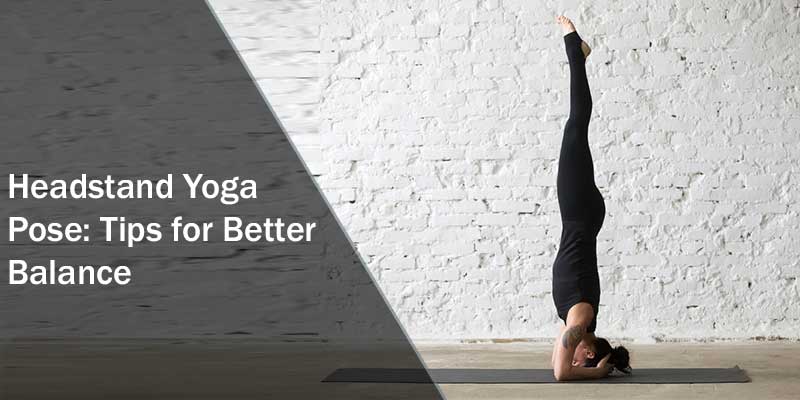Headstand does a wonderful job of flipping your world upside down. Hence, you gain a new perspective on life. Not just that, you even get to see things from a different perspective. However, learning a headstand could be a little challenging. It takes a lot more than just balancing your body on your head. Hence, you often ask ‘how to do a headstand’? This article gives you some tips to practice a headstand yoga pose.
So, check out all the points given below to know how to attain better balance. Implement the tricks or tips mentioned to stay longer in an upside-down position. Without wasting more time, let’s get into it. Keep reading to boost your knowledge about the headstand yoga pose.
Read More : Yoga for Beginners
How to do Headstand Yoga Pose?
Understand How to Fall
More important than balancing your body upside down is to learn how to fall. That’s right! When you learn how to fall, you restrict the fear emerging within you. In short, you cut short the fear of getting hurt. Hence, learn how to fall so that you stay injury-free.
One of the best tricks is to tuck your chin under your neck. Roll yourself in a ball to soften your impact. The fear of falling and getting hurt gets out of your mind when you practice the Headstand yoga pose.
Perfect Your Base
Another important aspect of practicing the Headstand yoga pose is the base. Position your head on the floor so that you find the sweet spot of balance. Take your hands and place them around your head. Your hands should engulf your head when you place your head on the ground.
Make sure you balance your weight on the middle portion of your skull. It should not be too close to the hairline or too close to the back of the head. Always stay in the middle of your head for a perfect balance.
Strengthen the Foundation
You should have a clear understanding of the foundation to practice the Headstand yoga pose. Once you have a strong foundation, the remaining part of the yoga pose follows easily. Start by kneeling on the ground and place your head on the ground.
Either wrap your hands on your head or place them on the ground with your elbows. Raise your legs while bringing your knees towards the chest. Further, make sure your core is engaged. Stay in this upright position to train your mind and body.
Manage Your Weight
Another step comes where you start raising your legs towards the ceiling. For that, you need to press the floor with your elbows. Just make sure that the majority of your weight should be on the elbows or arms and only 20% of weight must fall on the head.
Activate all the back and core muscles while practicing the Headstand yoga pose. Do not force the movement while you try to manage the weight on your head. You should also practice beginning yoga stretches to prepare for the Headstand.
Bring Knees Close to Chest
Forceful kicking movements while practicing the Headstand yoga pose can damage the nerves in your neck. Hence, to ensure that does not happen, learn to move your knees one at a time. Therefore, alternately move your knees towards your chest.
This minimizes pressure from your head, arms, and elbows. Also, it strengthens your core muscles for better movement. Bring your knees closer to your chest that further releasing tightness in your hips.
Find the Balance
You should maintain the foundation that you learned before. Further, make sure you compact your body as much as possible. Bring your hips over your shoulders while lengthening your spine in the upright position.
When each muscle and bone stacks over one another, you don’t need additional support. Thus, any pressure on your muscles releases that help you find the right balance.
Wrap Up
The art of the Headstand yoga pose is a little more complex than you can imagine. It requires more focus and balance than any other yoga pose. In case you have low flexibility and strength, you can even start with Chair yoga for beginners.
Practicing beginner exercises strengthens your overall body. Hence, practicing the Headstand yoga pose becomes easier over time. Also, you start practicing this pose without any additional support. So, stay consistent with your practice to become a master at it.

